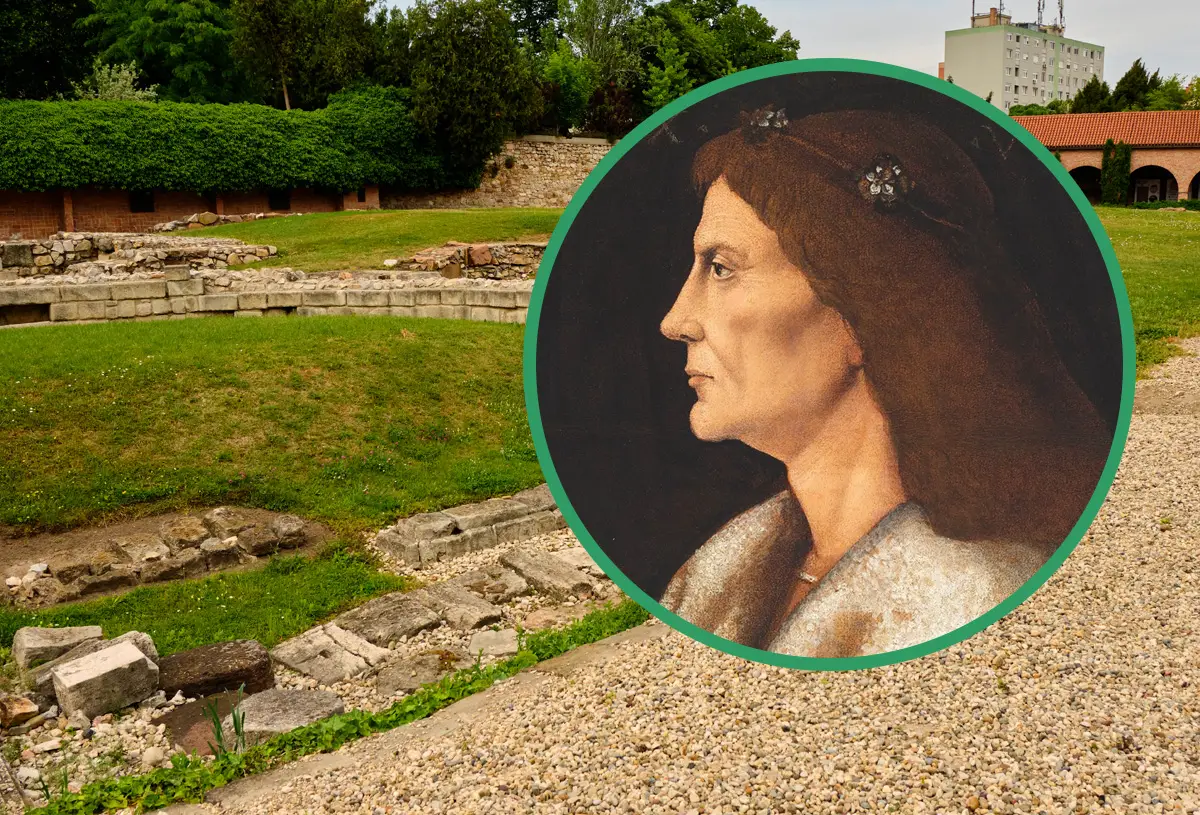A skull unearthed in the ruins of Hungary’s former royal coronation site may belong to King Matthias Corvinus.
Matthias Corvinus, also known as Matthias I, ruled as King of Hungary and Croatia from 1458 to 1490. During his reign, Matthias established one of medieval Europe’s earliest standing armies and led successful campaigns against the Ottoman Empire, Bohemia, and Austria.
He was a dedicated patron of arts and learning, founded the renowned Bibliotheca Corviniana, overhauled the justice system, and weakened the power of the nobility by elevating individuals based on merit.
The skull was found during a 2002 excavation of the former Basilica of the Virgin Mary in Székesfehérvár, the former royal capital of the Kingdom of Hungary. As required by the Doctrine of the Holy Crown, Székesfehérvár was where the first kings of Hungary were crowned and buried, a tradition first started by St Stephen I.
The remains, labelled as individual I/10, was discovered within the Basilica’s southern aisle. Initially thought to belong to Albert of Habsburg, a comparative analysis by the Gyula László Research Centre found similarities to the skull of János Corvin, the legitimate son of Matthias by his concubine, Borbála Edelpeck .
Experts used anthropological and forensic techniques, including facial tissue analysis to reconstruct the skull’s face, revealing a striking resemblance to known depictions of Matthias Corvinus.
According to the King Stephen Museum: “Based on the comparative analyses, it can be assumed that the skull could have belonged to King Matthias, but further scientific studies are needed to make a definitive determination.”
The identification of the skull has been made more likely thanks to breakthroughs in DNA research. In 2018, a genetic profile characteristic of the male line of the Árpád dynasty was identified, and in 2021, scientists successfully mapped the DNA of János Corvin and Kristóf Corvin — key male descendants of the Hunyadi family line. These genetic markers now serve as a reference for future identifications.
Header Image Credit : Shutterstock
Sources : King Stephen Museum





